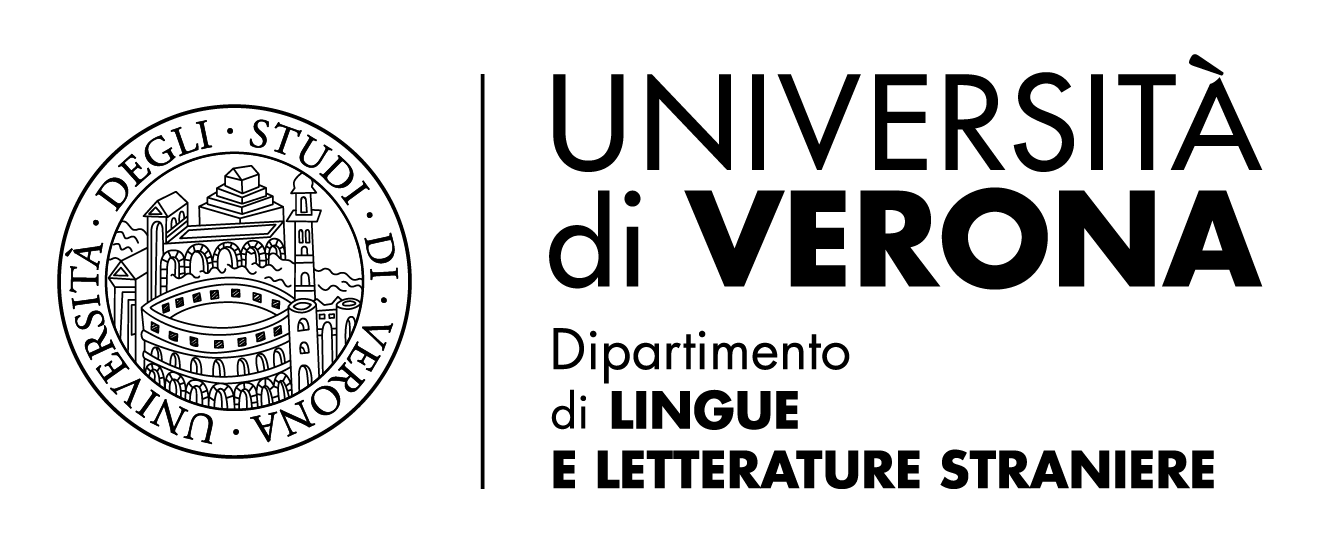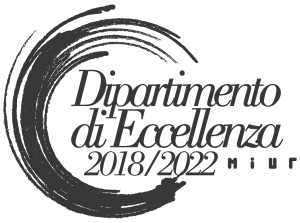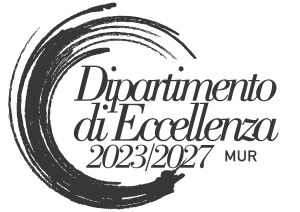Una struttura consolidata: il canone dei romantici serbi
DOI:
https://doi.org/10.13136/2465-2393/177Palabras clave:
Canone del romanticismo serbo, Vuk Karadžić, Ljubomir Nenadović, Sima Milutinović Sarajlija, Petar II Petrović Njegoš, Branko Radičević, Đura Jakšić, Jovan Jovanović Zmaj, Laza KostićResumen
Riassunto: Il presente lavoro è dedicato all’analisi del canone romantico serbo secondo una lettura che assimila il testo poetico a una struttura architettonica. Se il 1847 è l’anno chiave del romanticismo serbo (vengono infatti pubblicate quattro opere che testimoniano come sia possibile fare poesia e scrivere prose nella lingua del popolo), va però detto che tale corrente non è unitaria: la critica è generalmente concorde nel suddividerla in due fasi, una cosiddetta ‘patriarcale’, l’altra ‘borghese’. Tali fasi non appaiono in contrasto, bensì sono in connessione soprattutto per merito della poesia popolare, e rappresentano l’evoluzione a dir poco fisiologica dell’ambiente culturale serbo ottocentesco. Il canone del romanticismo serbo è pertanto assimilabile a due pilastri costituiti da uno stesso numero di autori rappresentativi. Al primo pilastro, ossia il quartetto Vuk Stefanović Karadžić, Ljubomir Nenadović, Sima Milutinović Sarajlija e Petar II Petrović Njegoš, corrisponde il secondo, con il quartetto Branko Radičević, Đura Jakšić, Jovan Jovanović Zmaj e Laza Kostić. I presupposti su cui i due pilastri insistono sono da ricercarsi non solo nella tradizione orale serba e slavo-meridionale, ma anche nella letteratura europea, in particolare quella tedesca.
Abstract: In this paper, the origin of the canon of Serbian romanticism and its consolidation are analyzed in comparison to an architectural structure. In 1847 four works were published which asserted that it was acceptable for authors to write in the language of the people and for this reason 1847 is often considered to be the starting point of Serbian Romanticism. However it is important to keep in mind that the Serbian Romantic movement has generally been divided into two phases, one so-called ‘patriarchal’ and the other ‘civil’. The two phases are not in contrast with each other but are connected, first of all, through popular poetry and they represent an evolution, to say the least, physiological of the Serbian cultural environment in the nineteenth century. This Serbian canon, in two different historical moments, therefore, rests on two pillars, each consisting of a foursome of men of letters. Thus the first phase is characterized by the foursome Vuk Stefanović Karadžić, Ljubomir Nenadović, Sima Milutinović Sarajlija and Petar II Petrović Njegoš, while the other pillar, that is, the second phase, is dominated by the following authors: Branko Radičević, Đura Jakšić, Jovan Jovanović Zmaj and Laza Kostić. The assumptions on which these two pillars are based are precisely the oral tradition and European literature (the German one in particular).
Key words: the canon of Serbian romanticism, Vuk Karadžić, Ljubomir Nenadović, Sima Milutinović Sarajlija, Petar II Petrović Njegoš, Branko Radičević, Đura Jakšić, Jovan Jovanović Zmaj, Laza Kostić



